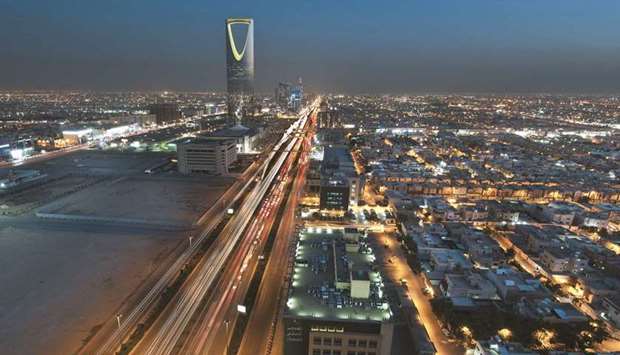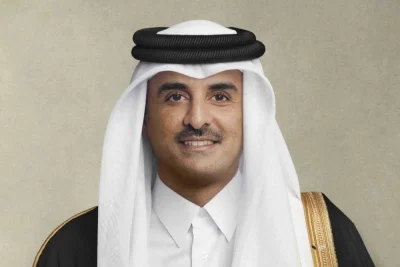Saudi Arabia is considering building a new airport in its capital Riyadh, according to people familiar with the matter, a facility that would serve as a base for a new airline the kingdom’s sovereign wealth fund is looking to launch as it targets a vast increase in tourist arrivals.
The $430bn fund said earlier this year it plans to invest in aviation to help capture the tourist boom envisioned by Crown Prince Mohamed Bin Salman. The new airline, reported locally earlier this year, would serve tourists and business travellers, while existing flag carrier Saudia would focus on religious tourism from its base in Jeddah, said the people, who asked not to be identified due to the sensitivity of the matter.
The Public Investment Fund is also exploring the idea of investing billions in a new international airport in Riyadh, according to the people. The size of the facility and timeline for its construction haven’t been set and the PIF could decide not to move ahead with those plans.
A spokesman for the fund declined to comment on the plans for a new airport in Riyadh. He referred to earlier commitments to invest in the sector and to study establishing a new company to “support the aviation sector aspirations locally and regionally.”
The project, still in early stages of development, would further Saudi Arabia’s goal to attract 100mn tourists a year by 2030, a sixfold increase from 2019. Opening up the country to visitors is a key part of Prince Mohammed’s strategy to diversify the economy away from a reliance on oil sales.
State-owned Saudia is the biggest carrier in the nation, with 144 aircraft comprising a mix of wide-body and narrow-body planes from Airbus SE and Boeing Co, according to its website.
Other airlines in the country include low-cost carrier Flyadeal, owned by Saudia, and Flynas, owned by Prince Alwaleed Bin Talal Al Saud’s Kingdom Holding Co.
King Khalid International Airport in Riyadh served more than 28.5mn passengers annually before the pandemic, according its website. The crown prince’s economic transformation plan has identified Islamic pilgrimage as a key source of non-oil revenue. Officials want to attract 30mn religious travellers per year by 2030. Religious tourism, which also includes year-round pilgrimages to Makkah, brought in more than $20bn in 2018, equivalent to 2.7% of GDP.
Until tourist visa applications opened in September 2019, Saudi Arabia had long been one of the hardest countries in the world to visit unless coming on a pilgrimage. Plans to expand leisure-oriented visits include a vision for a new city called Neom that’s expected to cost $500 billion.
While easing some Covid-19 travel restrictions, Saudi Arabia hasn’t yet reopened for tourists.

The Kingdom Tower stands illuminated at night in Riyadh. Saudi Arabia is considering building a new airport in its capital Riyadh, according to people familiar with the matter, a facility that would serve as a base for a new airline the kingdom’s sovereign wealth fund is looking to launch as it targets a vast increase in tourist arrivals.


